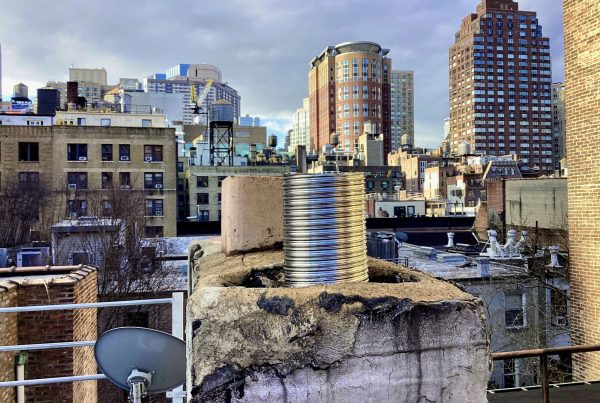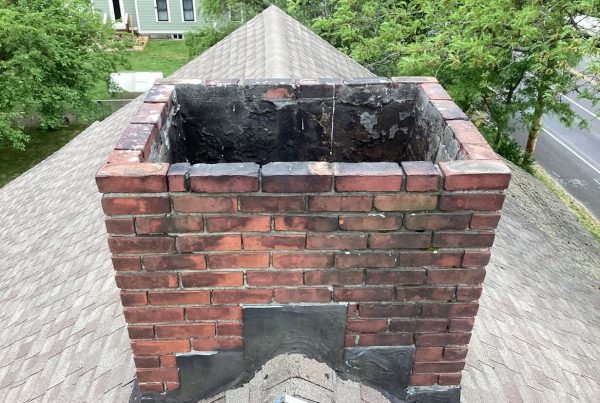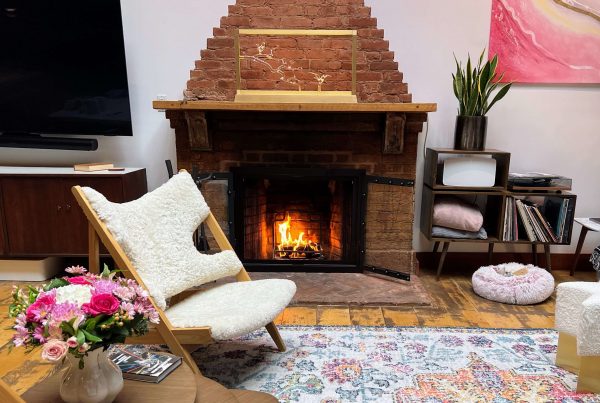I have a leak.
What should I do?
If you have a leak that appears to be coming from your chimney, it’s essential to take action as soon as possible.
Dangers of a chimney leak
- Structural Damage: Water entering the chimney can deteriorate masonry materials such as bricks and mortar. Over time, this can compromise the chimney’s structural integrity, leading to the potential collapse of the chimney or surrounding structures. Water can also cause damage to the roof and walls of the home.
- Health Risks: Moisture from chimney leaks creates a conducive mold and mildew growth environment. Mold can pose serious health risks, especially for individuals with respiratory conditions or allergies.
- Fire Hazards: Water entering the chimney can mix with creosote, a byproduct of combustion, to form a highly flammable substance. This can increase the risk of chimney fires, which can be dangerous and difficult to control.
- Damage to Appliances: If your chimney is connected to a heating appliance, such as a fireplace or wood stove, water can damage these appliances. This can lead to decreased efficiency, increased energy costs, or even the need for costly repairs or replacements.
- Electrical Hazards: Water leaks can reach electrical components in your home, leading to short circuits and electrical hazards. This poses a risk of electrical fires and can damage appliances and wiring.
- Decreased Energy Efficiency: A leaky chimney can allow cold air to enter your home during the winter and hot air to enter during the summer. This can lead to increased energy consumption as your heating or cooling systems work harder to maintain a comfortable temperature.
A chimney leak can create a safety hazard if the water comes into contact with your heating system.
Steps to take:
Identify the source of the leak
Check the chimney flashing, masonry, and chimney cap for signs of damage.
- Over time, the flashing can become damaged, rusted, or dislodged, allowing water to enter.
- The cap sits on top of the chimney, designed to keep out rain, debris, and animals. Ensure it is properly installed and not damaged.
- The crown is the concrete layer on top of the chimney. Make sure it is free of cracks and damage, which can allow water to seep through.
- White stains on the brick are most likely efflorescence and a sign of a moisture problem.
- If you see gaps between the bricks, the mortar has deteriorated and will make it easier for water to enter the chimney.
Call a professional
A chimney leak can be difficult to diagnose and repair, so it’s important to call a professional chimney company to inspect and repair the damage.
Repair the Damage
Minor repairs may involve replacing the flashing, repointing, or installing a new chimney cap. You may benefit from applying stucco to the entire structure or rebuilding it if there are serious issues. Your technician can recommend the best course of action based on the extent of the damage.
Prevent future leaks
It’s important to have your chimney inspected and maintained regularly. This includes having your chimney cleaned and repaired as needed.
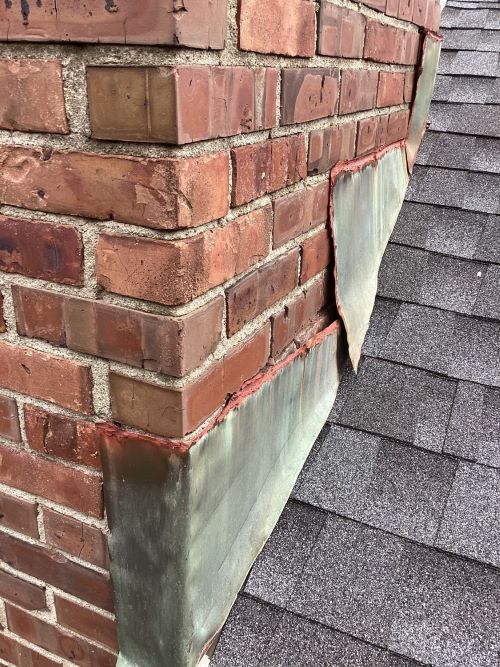
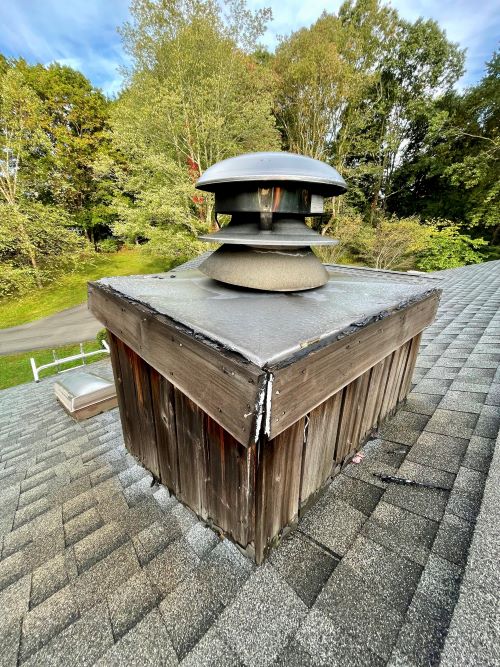
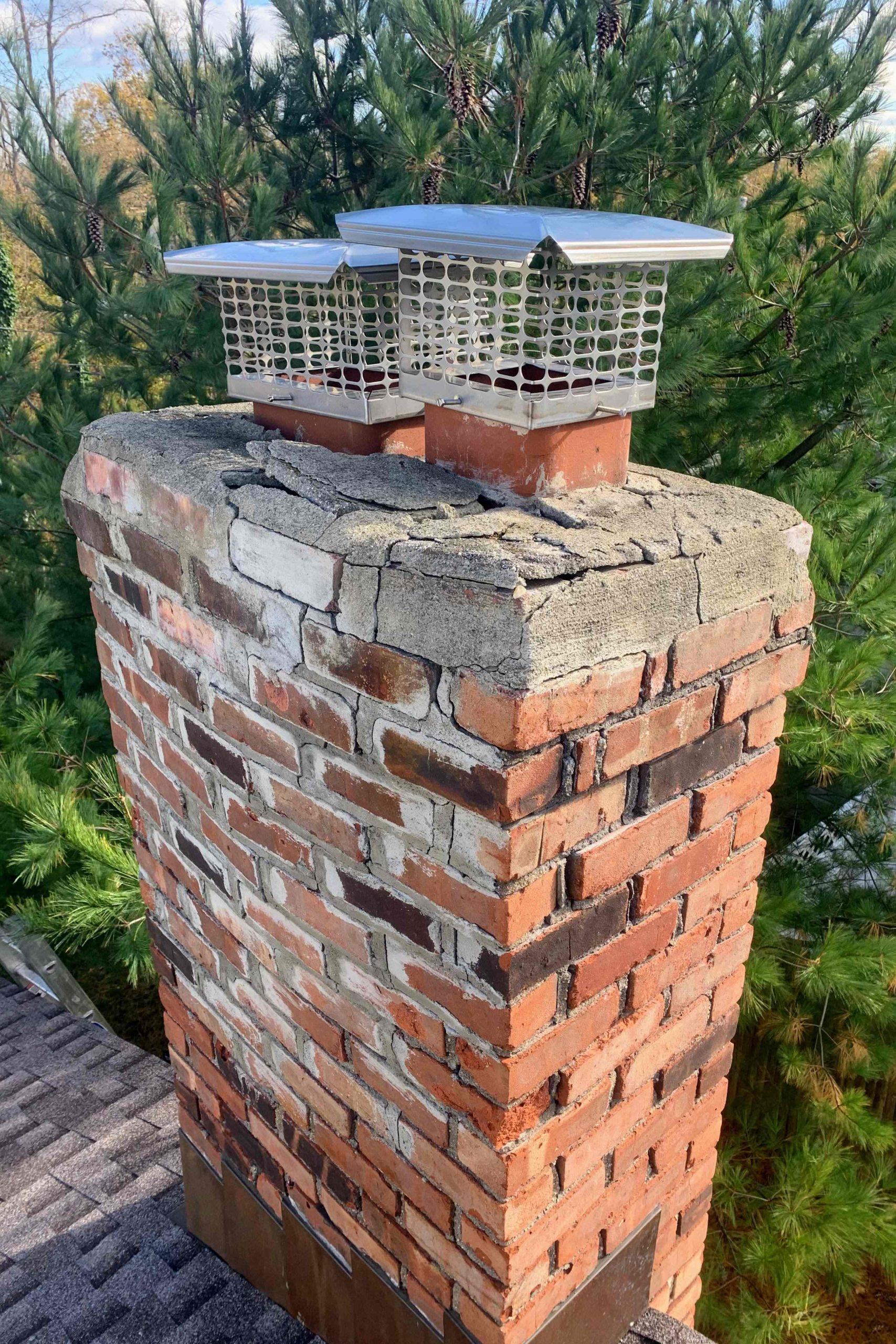
At Quality 1st Maintenance, we offer comprehensive chimney repair and maintenance services, including leak detection and repair.
Our experienced technicians can diagnose and repair any chimney leaks, and we can provide ongoing maintenance to ensure that your chimney is operating safely and efficiently.
If you suspect a chimney leak, don’t wait to take action. Contact us today to schedule a chimney inspection and repair.




